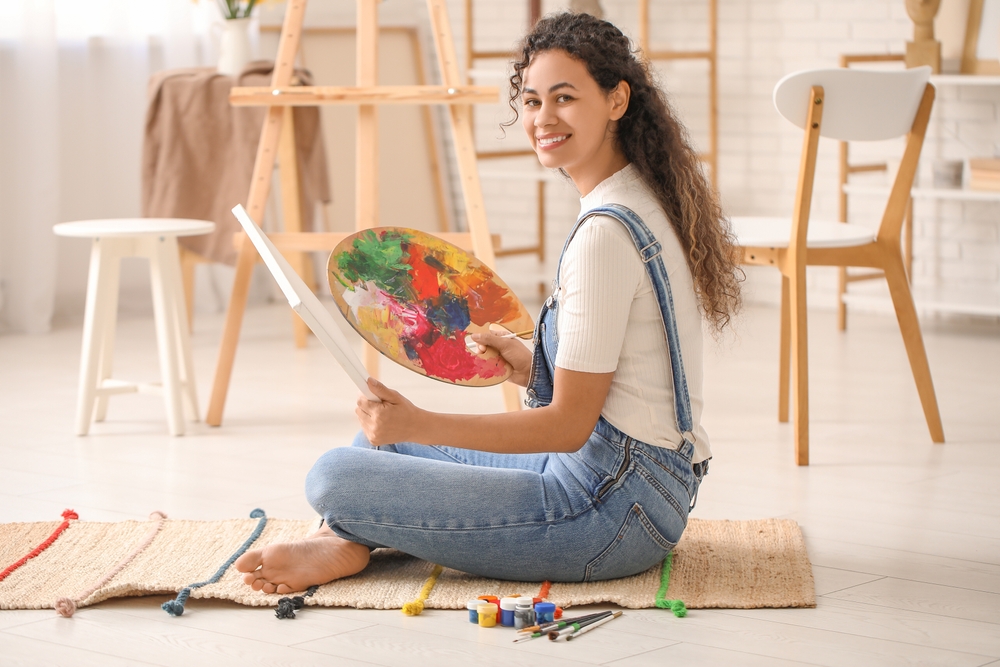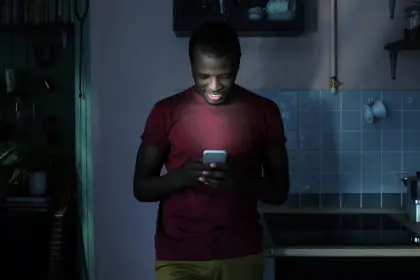Owning a home is a dream for many, but for artists and freelancers, the journey to homeownership can be particularly challenging. The unique financial landscape faced by those in creative and freelance professions requires careful planning and strategic approaches. Whether it’s fluctuating incomes, lack of traditional employment benefits or the need for flexible living and working spaces, preparing for these challenges is crucial for success. This article will delve into the specific obstacles and provide practical solutions to help artists and freelancers achieve their homeownership goals.
Understanding the financial landscape
One of the biggest challenges for artists and freelancers when it comes to homeownership is managing a fluctuating income. Unlike traditional employees who receive a steady paycheck, freelancers often experience periods of feast and famine. This inconsistency can make it difficult to prove financial stability to lenders.
-
Navigating irregular income
Artists and freelancers need to demonstrate consistent income despite its variability. One way to achieve this is by keeping detailed records of all earnings and expenses. Maintaining a well-documented financial history over several years can show lenders a pattern of reliable income. Additionally, freelancers should aim to save a substantial emergency fund that can cover several months of expenses during lean periods. This fund not only provides a safety net but also reassures lenders of financial resilience.
-
Building a strong credit profile
A strong credit score is vital for securing a mortgage. Artists and freelancers should regularly check their credit reports for errors and take steps to improve their credit scores. This can include paying off debts, keeping credit card balances low and avoiding new credit inquiries before applying for a mortgage. Establishing a history of timely bill payments also plays a significant role in building a solid credit profile.
Finding the right mortgage
Securing a mortgage as an artist or freelancer requires understanding the different types of loans available and finding one that suits your unique financial situation.
-
Exploring alternative mortgage options
Traditional mortgages may not always be the best fit for freelancers. Instead, consider alternative options such as bank statement loans, which allow borrowers to use bank statements to prove income instead of traditional tax returns. Additionally, some credit unions and smaller banks may offer more flexible lending criteria tailored to the needs of self-employed individuals.
-
Getting preapproved
Before starting the house-hunting process, it’s beneficial to get preapproved for a mortgage. Preapproval gives you a clear idea of how much you can afford and shows sellers that you are a serious buyer. It also helps to identify any potential issues with your credit or financial history early on, allowing you to address them before making an offer on a home.
Choosing the right home
Artists and freelancers often have specific needs when it comes to choosing a home. The right property should accommodate both living and working spaces while fitting within your financial means.
-
Prioritizing workspace requirements
For many freelancers, having a dedicated workspace is essential. This could mean looking for homes with extra rooms that can be converted into studios or offices. Some may prefer properties with separate buildings or outbuildings that can serve as creative spaces. It’s important to consider how the layout and location of a home will impact your productivity and work-life balance.
-
Balancing affordability and location
Location is a critical factor in homeownership, especially for artists who may rely on being close to cultural hubs or freelance networks. However, prime locations often come with higher price tags. Balancing affordability with proximity to necessary resources and communities is key. Sometimes, exploring emerging neighborhoods or areas with potential for growth can provide more affordable options without sacrificing access to essential amenities.
Managing financial responsibilities
Once you’ve secured a home, managing the ongoing financial responsibilities is crucial to maintaining your investment and ensuring long-term stability.
-
Budgeting for homeownership costs
Beyond the initial purchase price, homeownership comes with ongoing expenses such as property taxes, insurance, maintenance and utilities. Artists and freelancers should create a detailed budget that accounts for these costs and ensures they are manageable within their fluctuating income. Setting aside funds for unexpected repairs and maintenance is also essential to avoid financial strain.
-
Maximizing tax benefits
Homeownership offers various tax benefits that can be particularly advantageous for freelancers. Mortgage interest, property taxes and home office expenses may be deductible, reducing your overall tax liability. It’s advisable to work with a tax professional who understands the unique financial situations of artists and freelancers to maximize these benefits.
Preparing for homeownership
Preparing for homeownership as an artist or freelancer involves understanding the unique financial challenges and finding tailored solutions to overcome them. By maintaining detailed financial records, building a strong credit profile, exploring alternative mortgage options and choosing a home that meets both personal and professional needs, artists and freelancers can navigate the path to homeownership successfully. While the journey may require additional planning and effort, the reward of owning a home that supports both your creative and personal life is well worth the endeavor.
The key to successful homeownership for artists and freelancers lies in strategic planning and a clear understanding of their financial landscape. By taking proactive steps to manage income fluctuations, build a strong credit profile and find the right mortgage and home, the dream of homeownership can become a reality. With careful preparation and determination, artists and freelancers can create a stable and inspiring environment that fosters both creativity and personal fulfillment.
This story was created using AI technology.
















